Blog
Blog

by Andrew Steven
•
16 Oct, 2023
Due to the unique mix of species and cultivars this seed will produce a lawn with some shade, drought and salt tolerance. Good year-round colour. Close mowing capability. High shoot density with good rhizomatous recovery. Outstanding tolerance to fusarium, red thread and dollar spot. Compatible with most growing mediums found throughout the UK. We use and supply the same seed mix that our quality turf is grown from. How to: If there is turf down already this will need to be removed Rotavate the area Rake out the area Level out Put in top soil as required for levelling out the area Applying pre turf mix to encourage germination to take place quicker Firming down area Once seeded keep off the newly seeded area as much as possible and keep watered if the rain is not forthcoming. Applying seed The ratio of establishing a new lawn is 30 grams per square metre. We sell the seed in 0.9kg tubs and 20kg tubs. Outcome/results expected & when: Germination normally takes place within 7-21 days depending on weather conditions and rainfall. The best times of year to seed are spring and autumn. Our seed mix contains: 20% Perennial Ryegrass 10% Smooth Stalked Meadow Grass 35% Slender Creeping Red Fescue 20% Strong Creepeing Red Fescue 15% Chewing’s Fescue Suitable for: High quality landscapes areas Commercial landscaping Domestic lawns Golf tees Hardwearing amenity sports areas Urban Areas Authored by Andrew Steven, director of City Garden Service who first established the business in 1968 and has invaluable knowledge and first had experience.
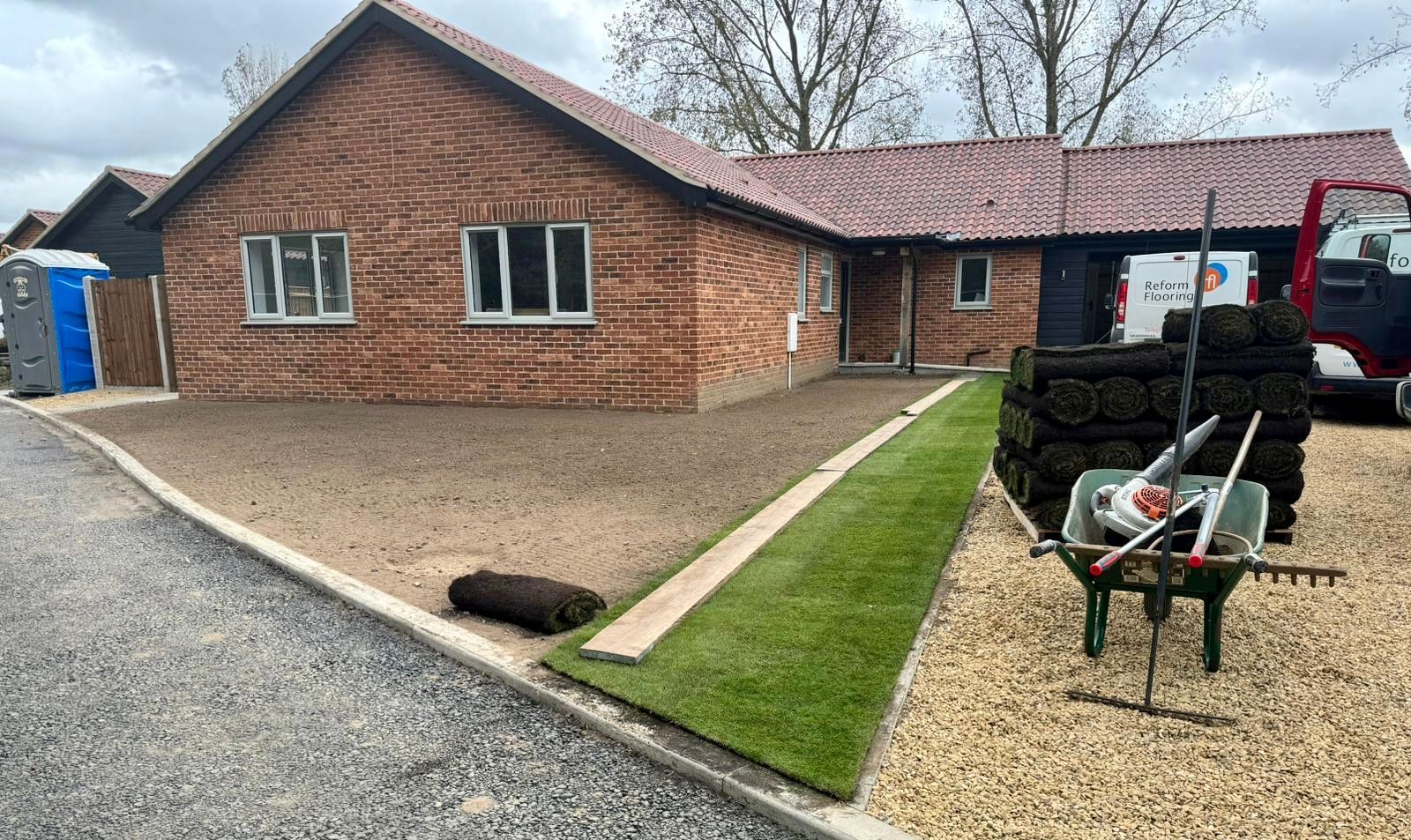
by Andrew Steven
•
16 Oct, 2023
How to lay turf PREPARATION For best results, use a systemic weed killer on unwanted vegetation following the instructions on the container. Clear any old grass, weeds and debris, then rotovate or dig over to a minimum depth of 15cm (6”). Improve heavy soils by incorporating horticultural sand. Rake and tread the surface to produce a firm, level bed. Before turfing you can incorporate our pre turf mix into the soil and raking in to give your turf the best chance. Unroll the turf carefully and lay it in position, taking care not to stretch the sward. Always work forwards in rows, staggering the joins as in bricklaying. Keep checking that the turfs are tightly butted together and in hot weather, water the turf as you go along. Use a sharp edging tool or knife to cut off excess turf. An old hosepipe makes an ideal guide for cutting curves. Use a tamper to ensure that all the underside of the turf is in contact with the soil. Working from boards makes the job easier and prevents damage to freshly laid turf. Outcome/results expected & when Lawn typically becomes established within 2 weeks; it may start rooting from 10 days – 21 days. By gently pulling at an edge of the lawn you will be able to see if its rooted in. Turf can generally be laid most of the year so long as the ground is not frozen or too wet. Just ensuring that in the warmer weather it is well watered. Our turf is grown from a seed mix of: 20% Perennial Ryegrass 10% Smooth Stalked Meadow Grass 35% Slender Creeping Red Fescue 20% Strong Creeping Red Fescue 15% Chewing’s Fescue · Rolls of turf are approximately 2 foot wide by 5.5 foot long which cover an area of 1m2. · They have an approximate soil base of ¾ inch. IMPORTANT NOTES All turf should be laid the day it is received. If this is not possible, it should at least be opened out and watered. During prolonged dry periods, raise the height of cut to the upper limit and leave clippings to help retain moisture. Maintaining the grass above 38mm (1.5”) will allow the incursion of weeds and weed grasses in a very short period. Check out our other blogs to see how to care for your lawn after it's laid.
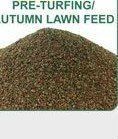
by Andrew Steven
•
16 Oct, 2023
Pre turfing/seeding feed To establish a new lawn from turf or seed it is advisable to apply pre-turfing lawn feed to the soil and incorporate it into the surface. Fertilisers will provide the turf with a consistent nutrient supply, improving its ability to establish quickly, with a strong rooting system. Turf that has been established quickly, within the first 10 weeks is healthier and better able to withstand disease and bad weather. As it speeds up the process of lawn growth it lessens the chances of weeds growing and helps root establishment in newly laid turf and stimulates soil bacteria. How to/ when: If using the pre turf mix prior to seeding or laying your turf the recommended dosage is 20g per m2. The granules should be mixed in to the top 20-30mm of soil with a rake. If you have some of the mix left over this can be applied onto the established lawn 6 weeks after laying and this will provide nutrients for the first 6 months of growth. This pre-turf mix can also be used all year round to give your turf some much needed nutrients and give it a boost. However, we advise to avoid use in droughts and very hot weather. Pre turf has all the necessary nutrients needed to make your lawn strong and green giving it the best chance. Note: Be careful not to overfeed your lawn as it can cause lawn fertiliser burns. Our pre turf We sell this product in 2 kg bags which will cover an area of 100 square metres.
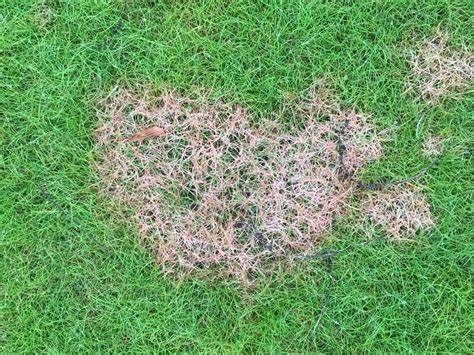
by Andrew Steven
•
16 Oct, 2023
Lawn diseases Due to being a live good we can take no responsibility for disease occurring in turf once laid. We recommend using a pre turf mix before laying to strengthen the roots and boost the growth of your lawn to help it to better withstand diseases. We recommend consulting a local lawn care company in the case of any diseases and for regular treatments through the year to keep your lawn healthy.
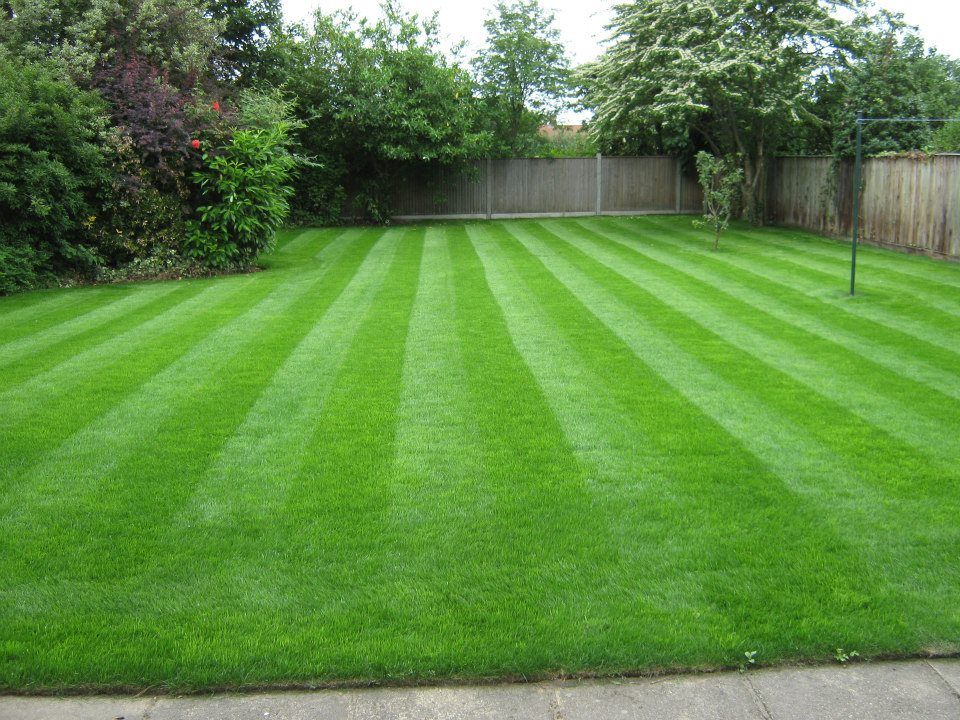
by websitebuilder
•
10 Aug, 2023
Caring for your lawn throughout the year Winter – Try to stay off the grass especially when the lawn is frozen or waterlogged. Keep the lawn free of debris such as leaves as these can cause mould in frost and snow. You can look at a winter fertiliser. Cut the lawn with a mid to high height on the mower, leaving the lawn slightly longer. You should stop cutting after the first frost so mid to late November when growth stops and resume late February to March time when growth resumes. Spring – Begin to cut grass on a dry day and assess whether scarification could be a benefit to your lawn. Start a fertilising and weed killing programme. Summer – In long dry spells ensure your lawn is watered, it’s best to give one good soaking than water lightly every day as it encourages the roots to go deeper. Try to rotate garden furniture to allow air flow to the lawn. Cut once a week or assess whether 2 cuts are needed depending on weather and rainfall. Remember, the more cuts your lawn has and the better you take care of it - the lusher your grass will be. Autumn – Avoid cutting the lawn as short and avoid a build up of leaves. Keeping the lawn longer is best for the lawn at this time of year as growth slows down. We recommend using a local lawn care company to help treat diseases and keep your lawn healthy. Our pre turf can be used all year round (on the exception of very hot weather and droughts) to give your lawn the boost and nutrients to keep it healthy and looking nice and green. Cutting your lawn regularly helps to reduce weeds and disease and encourages a thicker, fuller stronger and healthier lawn. Authored by Andrew Steven, director of City Garden Service who first established the business in 1968 and has invaluable knowledge and first had experience.

by websitebuilder
•
10 Aug, 2023
Overseeding Overseeding is the process of applying grass seed to an already established lawn which is exhibiting thin and bare patches. It can also be used to enhance your lawn. Features of our seed “Due to the unique mix of species and cultivars this seed will produce a lawn with some shade, drought and salt tolerance. Good year-round colour. Close mowing capability. High shoot density with good rhizomatous recovery. Outstanding tolerance to fusarium, red thread and dollar spot. Compatible with most growing mediums found throughout the UK.” How to We supply this product in 0.9kg tubs which gives 60m² coverage. The recommended sowing rate for over seeding is 15g per square metre. To overseed a small area this can be done by hand scattering and using a spring bock rake to ensure it is spread. You just need to measure the area required for overseeding and calculate the amount required. Outcome/results expected & when Germination typically takes place between 7 to 21 days depending on the time of year with weather conditions and rainfall. Our seed mix contains: 20% Perennial Ryegrass 10% Smooth Stalked Meadow Grass 35% Slender Creeping Red Fescue 20% Strong Creeping Red Fescue 15% Chewing’s Fescue Suitable for: High quality landscapes areas Commercial landscaping Domestic lawns Golf tees Hardwearing amenity sports areas Urban Area We use and supply the same seed mix that our quality turf is grown from so if you’ve had turf supplied or laid by us you can be ensured it will be of equally great quality.
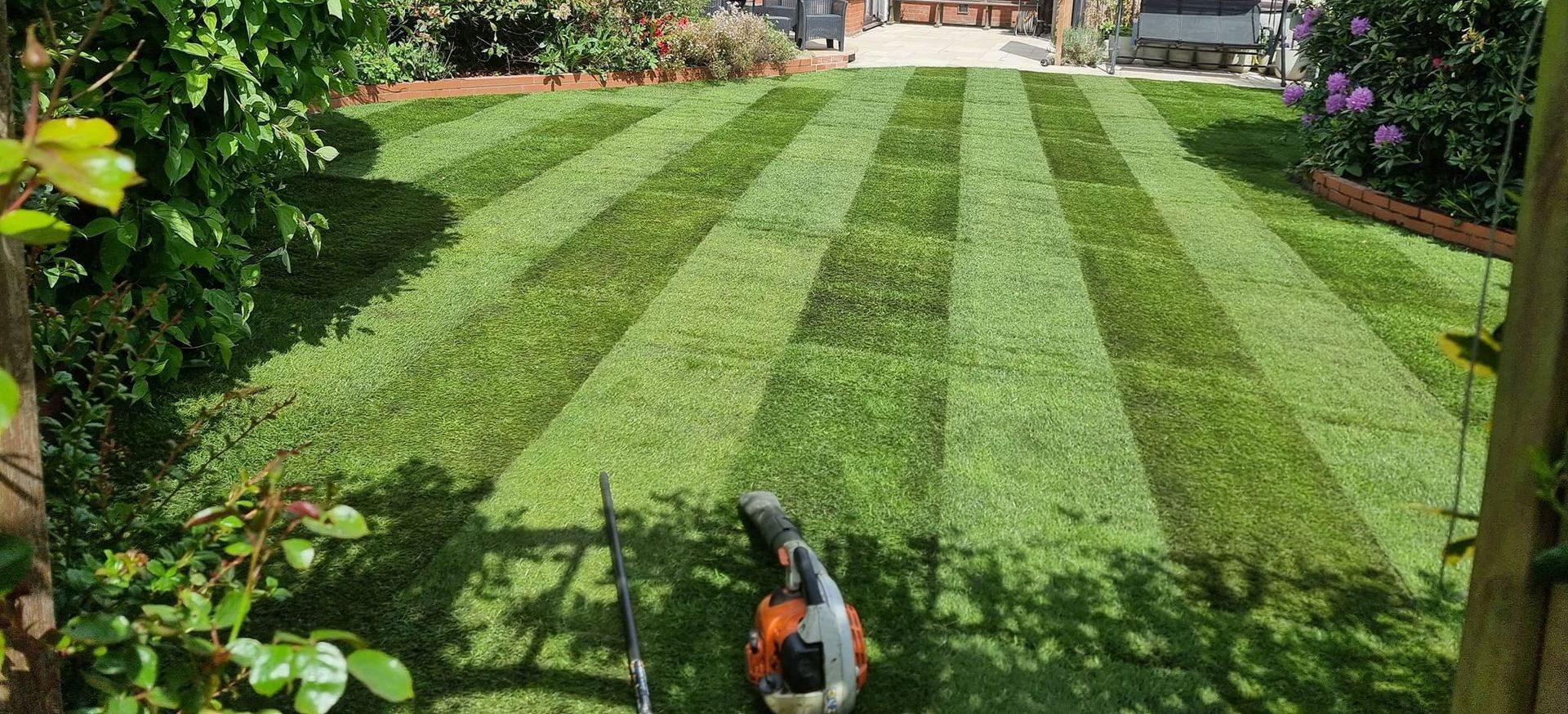
by websitebuilder
•
10 Aug, 2023
Aftercare for your new lawn Once the turf has been laid it is important not to walk on it until established to avoid indentations. Moisture levels must be maintained while the grass is establishing, between March and October, newly laid turf should be watered thoroughly within half an hour of installation. Grass only takes water via its roots – water the turf so that it goes through to the soil below. This should be repeated once a day until established. Monitor the amount of water needed depending on how hot and dry weather conditions are, apply plenty of water at the first sign of the turf drying out (e.g., gaps, lifting, browning or curling.) Typically, the turf will have established after 2 weeks, to check you can gently lift a corner of the turf to see if its rooting into the soil below. If established and growing, you can lightly mow the lawn. However, if its wet and your feet are sinking, we advise to let it dry out first. Mowing – it is advisable not to cut your lawn until it has properly rooted. Make sure that the blades on your mower are sharp to avoid tearing. For the first few mowing’s, set the lawnmower to its highest setting, removing no more than one third of the grass height. When the lawn is fully established, the height of cut can be reduced gradually to an optimum height of between 15 and 35mm. Cut regularly using a cylinder mower fitted with a box to collect the clippings. A nitrogen-rich fertilizer and selective weed killer applied at the beginning of the summer will promote leaf growth and control most annual weeds, while a phosphate-rich fertilizer applied at the end of the summer will assist the production of strong roots. 6 weeks after your turf is laid you can use any of your leftover pre turfing feed mix which will provide enough nutrients for the next 6 months of growth. It is important to monitor the health of your lawn ensuring that you have a good lawn care regime throughout the year. We recommend using a local lawn care company to address the health of your lawn who are then able to identify or treat any diseases that may occur. Authored by Andrew Steven, director of City Garden Service who first established the business in 1968 and has invaluable knowledge and first hand experience.
© 2024. The content on this website is owned by us and our licensors. Do not copy any content (including images) without our consent.




